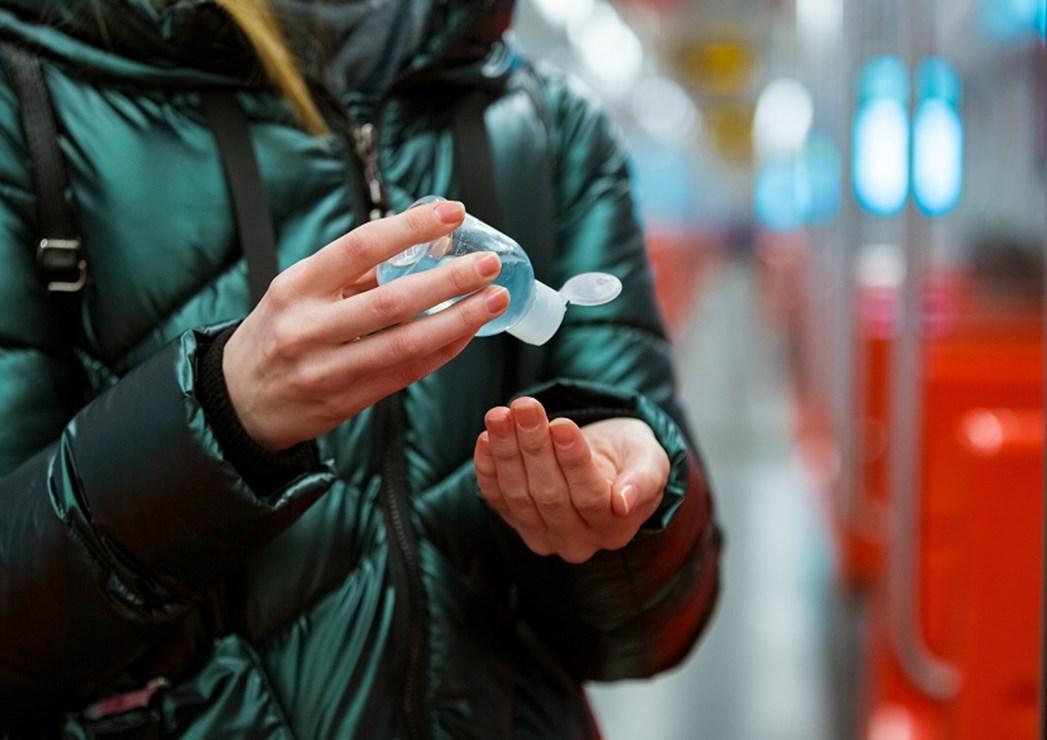During the lockdown, public transport ridership collapsed. And yet public transport is an essential link in the mobility systems of our cities. If we want to progress towards more sustainable and lower-carbon mobility, it is essential that it regains and then increases its pre-Covid modal share. This will require that efficient services are offered, in safe and reassuring conditions for users.
The first phase of lockdown exit saw emphasis placed on emergency management and experimentation. Operators and public transport authorities introduced temporary measures around health precautions and spatial organisation. We can give examples such as:
- the mandatory wearing of face coverings and compliance with social distancing rules,
- signage and passenger information,
- large staff crews to manage passenger flows.
It should be noted that these measures have significantly impacted the finances of operators, notably due to the cost of the staff mobilised.
Therefore, how can these public health and distancing rules continue to be applied over time whilst adjusting to circumstances in the coming months and without jeopardising economic viability?
The aim henceforth is to be able to continuously adjust to a volatile situation whilst measuring the efficiency of the response provided. This will include:
- greater flexibility in the organisation of transport services,
- better information supplied to users,
- improving flows in stations and interchange hubs.
Greater flexibility.
With regard to transport services, it would appear necessary to apply greater flexibility in how they are organised. Indeed, prior to lockdown, the service offering was relatively rigid, based on flow generators which suddenly produced far fewer passengers (indeed, some even closed, such as universities and sports grounds), and on mobility behaviour which subsequently changed (the relative decline in mobility according to sectors depends on the ability of users to work from home).
The current period could therefore be an opportunity to organise certain public transport lines so as to make them better suited to new demand but also better interfaced with active modes and microtransit. This could mean, for example, express lines with fewer stops which users would get to by bike or scooter, or even by autonomous vehicle.
To implement this more dynamic network and adapt it over short periods, we need to improve our knowledge of mobility habits. This calls for permanent mobility monitoring measures which must cross reference data from different modes and even be capable of reconstituting users’ chains of mobility. This can be done through smartphone applications, for example, which can be deployed in a relatively short space of time.
These are measurement and monitoring tools which, when augmented with specialist experience, will enable us to have a more agile approach in terms of experimentation and evaluation.
In connection with data collection, studies must also be conducted on modelling tools. As the situations that lie ahead have never happened before, historical statistical models based on big data are no longer suitable and approaches that harness behaviour modelling should be used once the first weeks of post-lockdown mobility have been analysed.
Information first!
Another lever to make services more attractive is passenger information that reflects how services have been adapted, and which could be enhanced with data on vehicle load (real-time and predictive, before and during the journey), tips on the best time to travel to avoid crowding, or why not consider arrangements whereby passengers can book a guaranteed seat in certain types of vehicles.
This augmented information could thus be a lever for behavioural change, which could offer companies ideas on how to modify their business hours to reduce crowding in public transport.
Passenger flows under control.
Beyond the issue of transport routes, thought must also be given to stations and interchange hubs in which social distancing is a major concern.
The usual flow simulation tools can be adjusted to take into account distancing behaviour. These analyses, combined with feedback from measures already implemented, could help to digitally evaluate new flow organisations or access regulation and control systems at the station entrance so as to determine the most appropriate.
Here again, the issue of data acquisition is crucial, for example through real-time counting of users in stations. This thought process on stations must necessarily incorporate the public space around them, notably in the case of managing outdoor queues.
In the longer term, we must also collectively review our design principles so as to help our transport infrastructure become more resilient and scalable, as the next crisis will probably different to the one that we are experiencing today.
